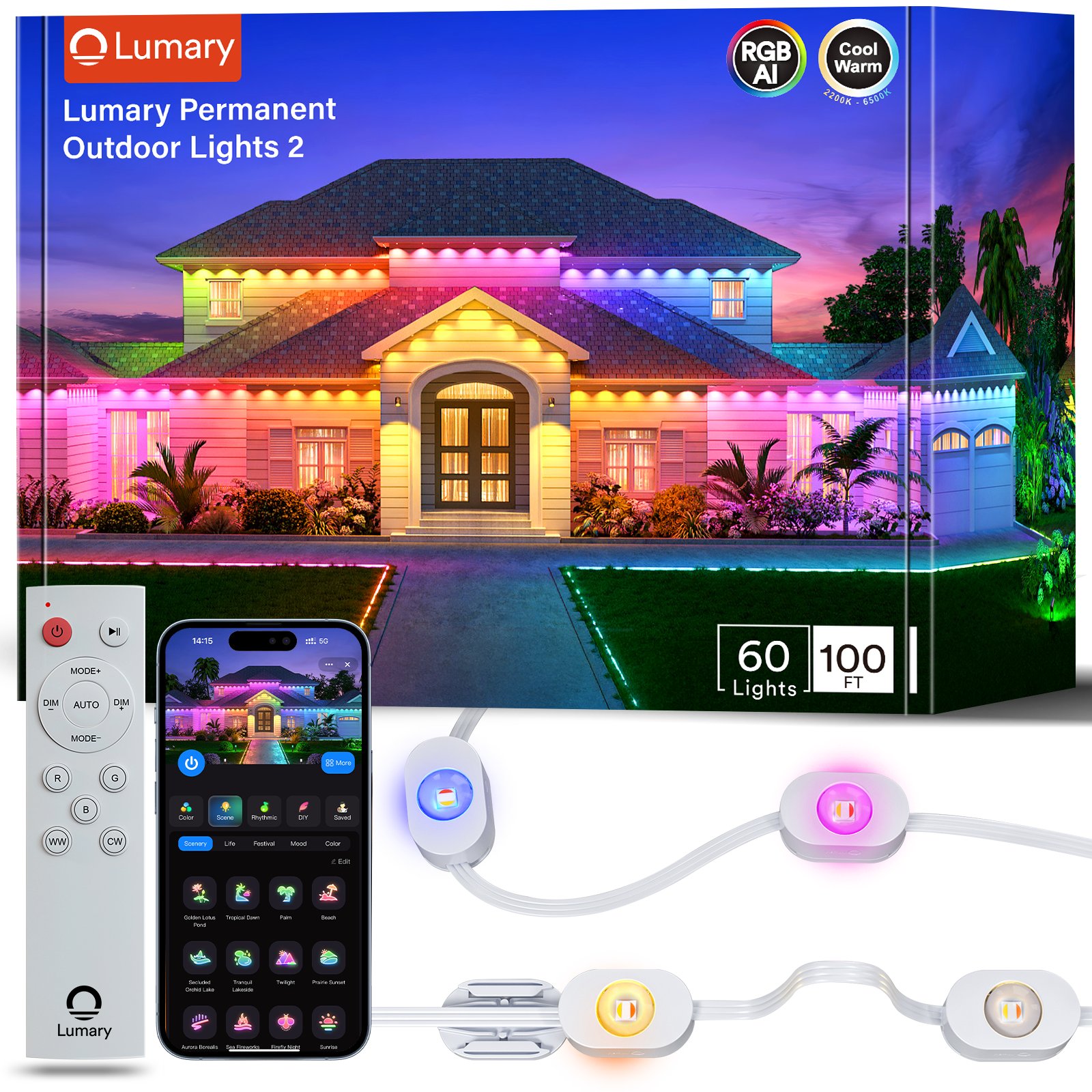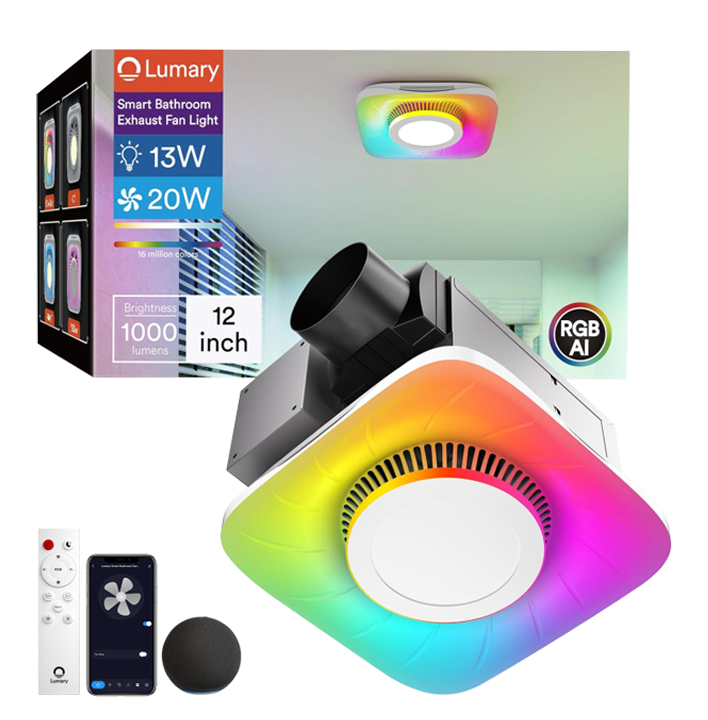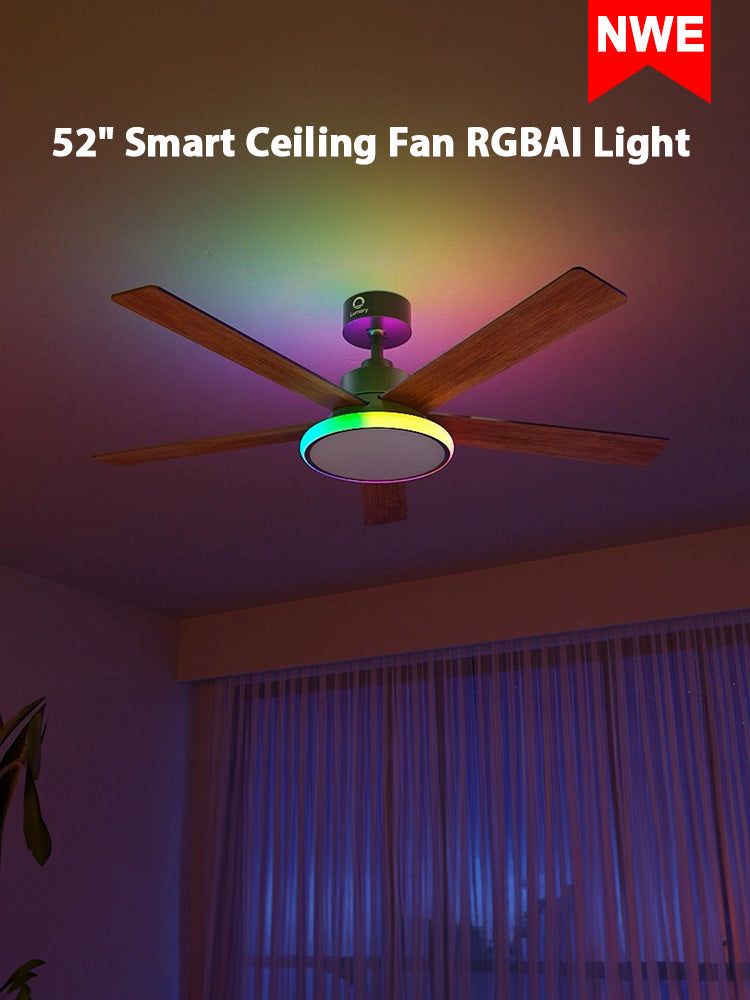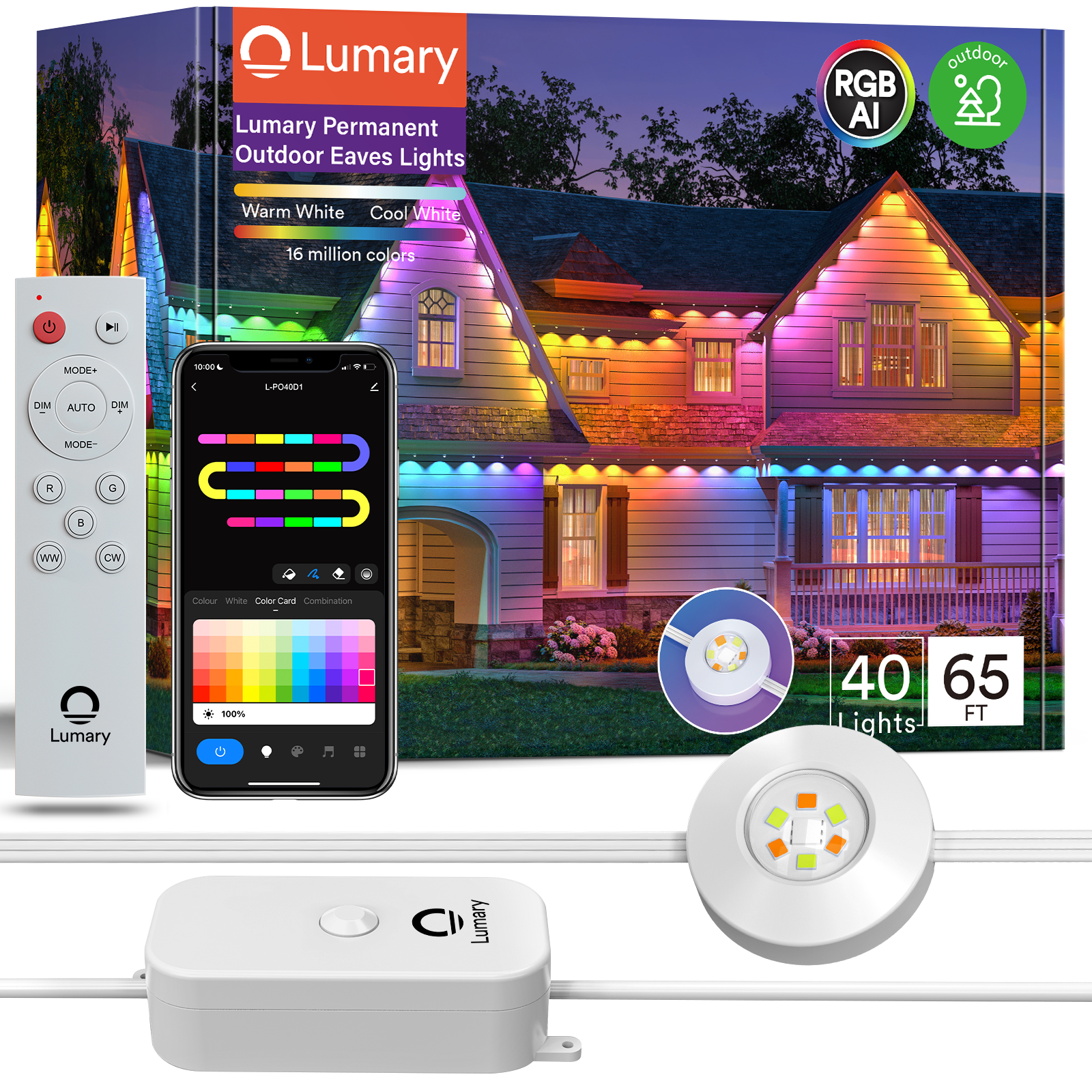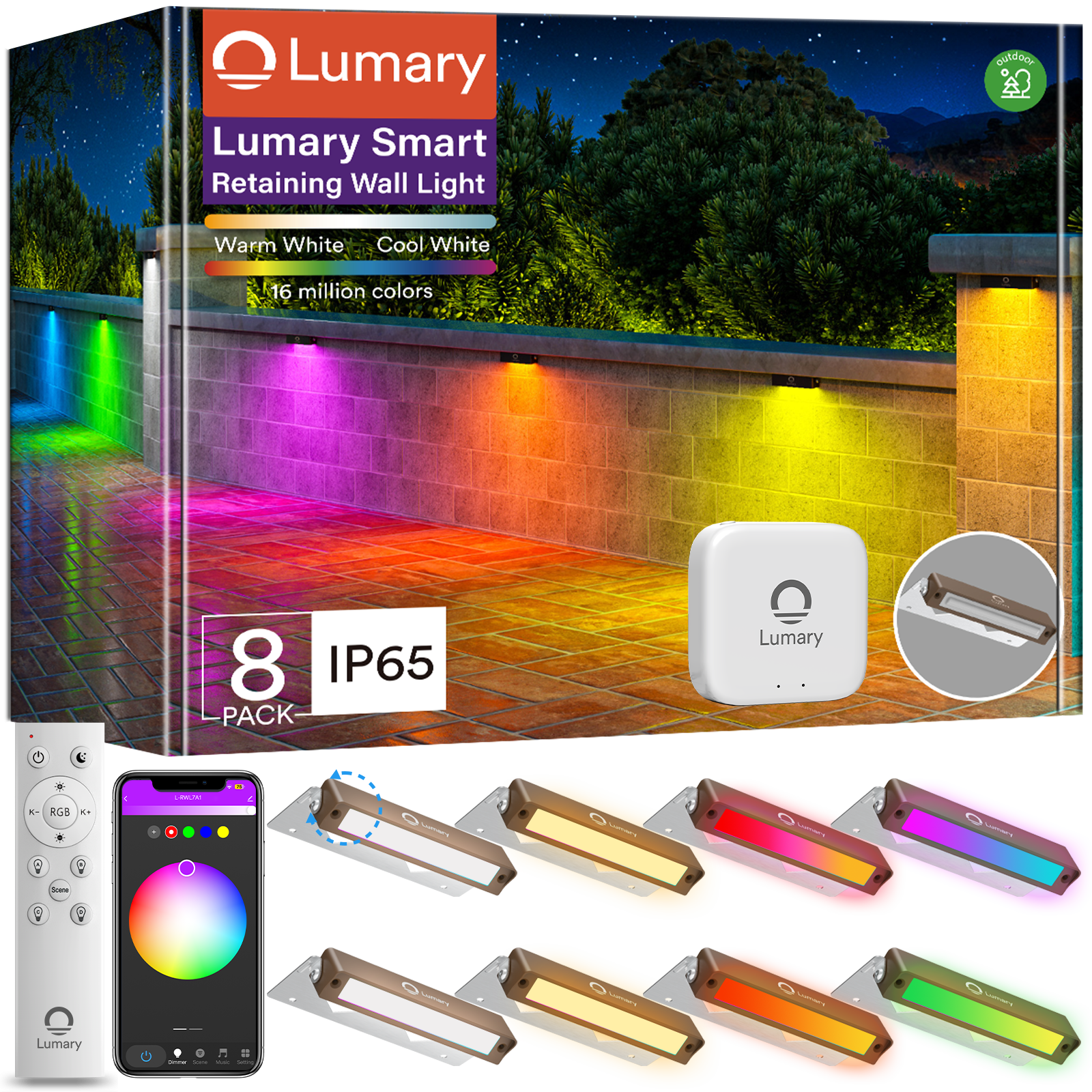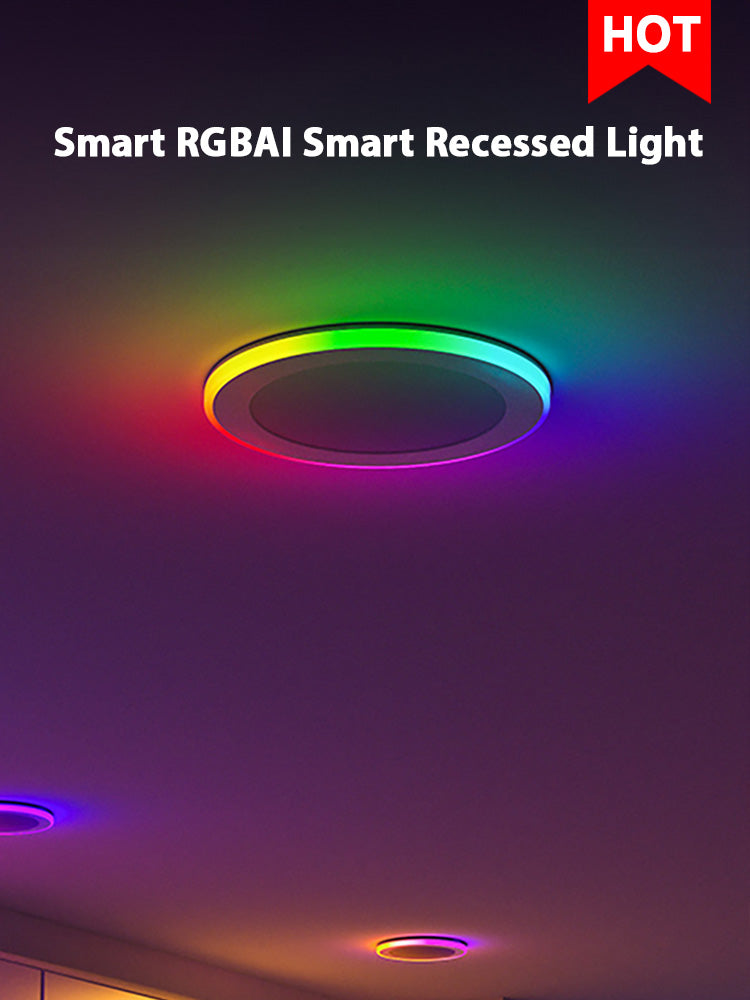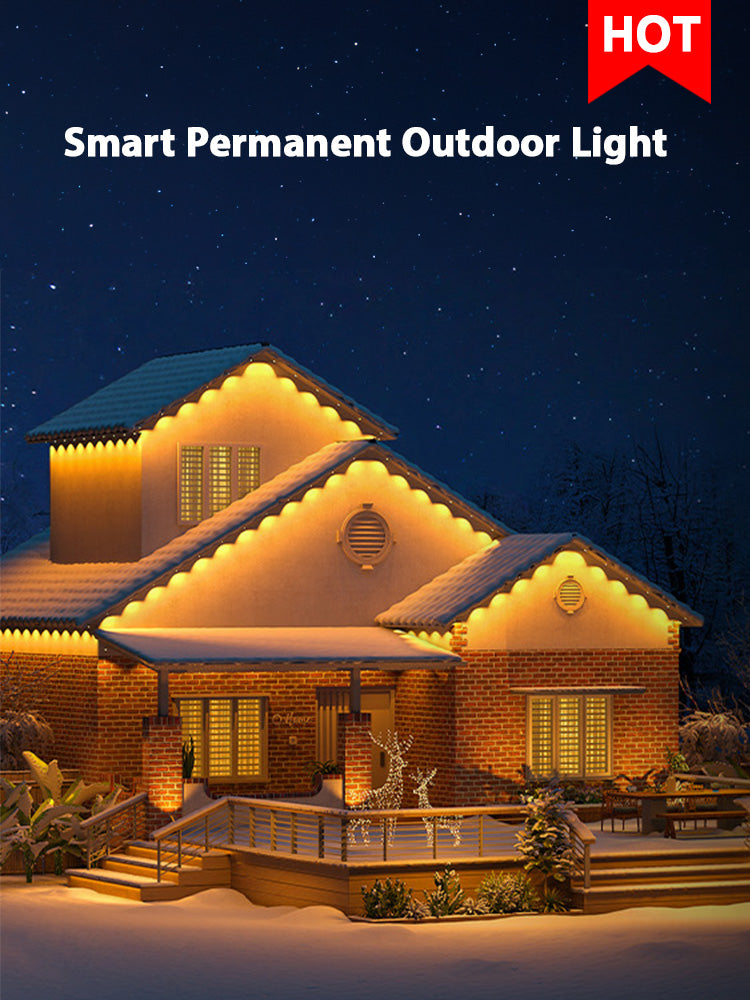Recessed lighting plays a crucial role in modern interiors, offering a sleek and unobtrusive way to illuminate your space. It provides a clean look, enhancing the aesthetic appeal of any room. Among the various options available, black LED recessed lighting stands out for its unique benefits. These lights are not only energy-efficient but also long-lasting, making them a smart choice for any home. They create a distinctive atmosphere, adding a touch of elegance and sophistication. Plus, their easy installation and maintenance make them a favorite among homeowners looking to upgrade their lighting.
Planning and Considerations

Understanding Your Space
Room dimensions and layout
Before you start installing black LED recessed lighting, take a good look at your room. Measure the dimensions carefully. Knowing the size of your space helps you decide how many lights you need. A larger room might require more lights to ensure even illumination. Think about the layout too. Are there any obstacles like beams or vents? These can affect where you place your lights.
Ceiling type and material
Next, check your ceiling type and material. Is it drywall, plaster, or something else? Different materials might need different tools or techniques for cutting and installation. For instance, drywall is easier to cut than plaster. Also, consider the ceiling height. Higher ceilings might need more powerful lights or closer spacing to provide adequate lighting.
Lighting Specifications
Choosing the right LED lights
Choosing the right LED lights is crucial. You want lights that fit your needs and style. Black LED lights are popular because they’re energy-efficient and long-lasting. They also add a sleek, modern look to any room. If you’re looking for a specific effect, like a black light effect, make sure to choose UV LED strips. These emit ultraviolet light, making fluorescent objects glow in the dark.
Spacing and placement recommendations
Proper spacing and placement ensure your room is well-lit. A good rule of thumb is to divide the height of your ceiling by two. This gives you the distance between each light. For example, if your ceiling is 8 feet high, space your lights about 4 feet apart. This helps avoid dark spots and provides even lighting throughout the room.
Safety Precautions
Electrical safety guidelines
Safety first! Always follow electrical safety guidelines. Turn off the power at the circuit breaker before you start working. Use a voltage tester to double-check that the power is off. Wear rubber-soled shoes and use insulated tools to reduce the risk of electric shock. If you’re not comfortable working with electricity, consider hiring a professional.
Necessary permits and regulations
Check if you need any permits or have to follow specific regulations. Some areas require permits for electrical work, even if it’s just installing lights. Contact your local building department to find out what’s needed. Following these rules not only keeps you safe but also ensures your installation is up to code.
Tools and Preparatory Steps
Required Tools and Materials
List of tools needed
Before diving into the installation, gather all the necessary tools. Having everything ready will make the process smoother and more efficient. Here's a handy list to get you started:
-
Drill: Essential for making holes in the ceiling.
-
Hole saw: Choose one that matches the size of your recessed lighting fixture.
-
Wire stripper: For preparing the electrical wires.
-
Voltage tester: To ensure the power is off before you start working.
-
Screwdriver: Useful for securing the fixtures and junction boxes.
-
Measuring tape: To accurately mark the placement of your lights.
-
Ladder: To safely reach the ceiling.
Materials checklist
Now, let's talk about the materials you'll need. These items are crucial for a successful installation:
-
Black LED recessed lighting fixtures: Choose energy-efficient models like the Commercial Electric Slim Baffle 6 in. Color Selectable for tight spaces.
-
Electrical wire (NM-B cable): Ensure you have enough to connect all your lights.
-
Wire nuts: For securing electrical connections.
-
Junction boxes: To house the wiring connections.
-
Spring clips: To hold the fixtures in place.
Preparing the Installation Area

Marking the ceiling
Once you have your tools and materials, it's time to prepare the installation area. Start by marking the ceiling where you want to place each light. Use the template provided by the manufacturer to ensure accuracy. Measure twice to avoid mistakes. Proper placement is key to achieving even lighting throughout the room.
Ensuring power is off
Safety should always be your top priority. Before you begin any electrical work, make sure the power is off. Head to your circuit breaker and switch off the power to the area where you'll be working. Use a voltage tester to double-check that there's no electricity flowing. This step is crucial to prevent any accidents or injuries. Once you're sure the power is off, you're ready to move on to the installation.
Installation Instructions
Installing Low Voltage Black LED Recessed Lighting
Wiring and connections
Let's dive into the installation of low voltage black LED recessed lighting. First, ensure that the power is off. Use a voltage tester to confirm there's no electricity flowing. Now, grab your NM-B cable and run it from the power source to the first light fixture location. Allow some extra cable length for easy handling.
Connect the wires by matching colors: black to black (hot wire) and white to white (neutral wire). Use wire nuts to secure these connections. Make sure all wires are properly insulated to prevent any electrical hazards. This step is crucial for the safety and functionality of your black LED recessed lighting.
Securing the fixture
With the wiring complete, it's time to secure the fixture. Insert the black LED recessed lighting fixture into the hole you cut earlier. Use the spring clips to hold it in place. These clips will snap into position, ensuring a snug fit against the ceiling. Double-check that the fixture is secure and doesn't wobble. Once everything is in place, turn the power back on and test your lights. If they illuminate as expected, you've successfully installed your low voltage black LED recessed lighting!
Installing Line Voltage Black LED Recessed Lighting
Wiring and connections
Now, let's tackle the installation of line voltage black LED recessed lighting. Begin by turning off the power at the circuit breaker. Use a voltage tester to ensure there's no electricity. Run the NM-B cable from the power source to the switch box, then to the first light fixture location. Leave some extra cable for easier wiring.
Connect the wires by matching colors: black to black (hot wire) and white to white (neutral wire). Secure these connections with wire nuts. Proper insulation is key to preventing electrical issues. This step ensures your black LED recessed lighting operates safely and efficiently.
Securing the fixture
After wiring, secure the fixture in place. Insert the black LED recessed lighting fixture into the pre-cut hole. Use the spring clips to hold it securely against the ceiling. Ensure the fixture is stable and doesn't move. Once secured, restore power and test the lights. If they work correctly, you've successfully installed your line voltage black LED recessed lighting!
"I've been making Instructables since I was 13. Now, I mostly make videos of my projects, however, I'm still active here, so don't hesitate to reach out! Sick with a deadly disease called DIY-itis!" - A passionate DIY enthusiast from Instructables.
By following these steps, you can confidently install black LED recessed lighting in your home. Whether you're working with low voltage or line voltage, the process is straightforward and rewarding. Enjoy the sleek and modern look these lights bring to your space!
Additional Resources and Assistance
Troubleshooting Common Issues
Even with careful planning and installation, you might encounter some hiccups. Let's tackle a couple of common issues you might face with black LED recessed lighting.
Flickering lights
Flickering lights can be annoying. They often result from loose connections or incompatible dimmer switches. First, check the connections. Make sure all wires are secure and properly insulated. If the flickering persists, consider the dimmer switch. Not all dimmers work well with LED lights. You might need to upgrade to an LED-compatible dimmer. This simple change can solve the flickering problem.
Uneven lighting
Uneven lighting can leave some areas too bright and others too dim. This usually happens due to improper spacing or placement. Review your light placement. Ensure the distance between each light follows the recommended guidelines. Adjust the lights if necessary. Sometimes, changing the angle of the lights can help distribute the light more evenly. Experiment with different positions until you achieve the desired effect.
Contacting a Professional
Sometimes, DIY projects can get a bit overwhelming. Knowing when to call in the pros can save you time and stress.
When to seek professional help
If you're unsure about any part of the installation, it's wise to consult a professional. Electrical work can be dangerous if not done correctly. If you encounter complex wiring issues or if the lights don't work after installation, don't hesitate to reach out for help. A professional can ensure everything is safe and up to code.
Finding a qualified electrician
Finding the right electrician is crucial. Look for someone with experience in lighting installations. Ask for recommendations from friends or family. Check online reviews to gauge their reputation. Make sure they have the necessary licenses and insurance. A qualified electrician will provide peace of mind and ensure your lighting project is a success.
By addressing these common issues and knowing when to seek professional assistance, you can enjoy the benefits of your new black LED recessed lighting without any hassle.
You've now got the know-how to install black LED recessed lighting in your home. This guide walked you through each step, from planning to securing the fixtures. With a bit of patience and the right tools, you can transform your space with a sleek, modern look. Don't hesitate to dive into this DIY project. It's rewarding and adds a personal touch to your home. Remember, safety is key. Always double-check that the power is off before starting. If you're ever unsure, reach out to a professional for help. Happy lighting!

